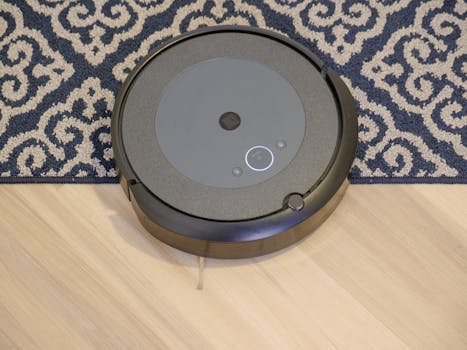
Smart Homes and Smart Living: The Technological Transformation of European Homes by 2025
Smart Homes and Smart Living is revolutionizing the way we live in our homes. The concept of smart homes and smart living is not new, but it has gained significant momentum in recent years, particularly in Europe. By 2025, European homes are expected to undergo a significant technological transformation, driven by advancements in the Internet of Things (IoT), artificial intelligence (AI), and data analytics.
Introduction to Smart Homes
A smart home is a dwelling that is equipped with innovative technologies that enhance the comfort, convenience, and sustainability of its occupants. Smart homes are designed to be energy-efficient, with automated systems that control lighting, heating, and cooling. They also feature advanced security systems, including surveillance cameras, motion detectors, and door and window sensors.
Technological Advancements in Smart Homes
The technological transformation of European homes by 2025 will be driven by several key factors, including the Internet of Things (IoT), artificial intelligence (AI), and data analytics. The IoT will enable the connection of various devices and systems within the home, allowing for seamless communication and control. AI will play a crucial role in analyzing data from these devices and systems, enabling predictive maintenance, energy optimization, and personalized experiences.
Applications of Smart Homes
Smart homes have numerous applications, including energy management, security, entertainment, and healthcare. Smart energy management systems can optimize energy consumption, reducing waste and costs. Smart security systems can detect potential threats and alert homeowners and authorities. Smart entertainment systems can provide immersive experiences, while smart healthcare systems can monitor vital signs and detect health anomalies.
Benefits of Smart Homes
The benefits of smart homes are numerous, including enhanced comfort, convenience, and sustainability. Smart homes can also improve the quality of life for occupants, particularly the elderly and disabled. Additionally, smart homes can increase property values, making them more attractive to potential buyers.
Challenges and Limitations
Despite the numerous benefits of smart homes, there are several challenges and limitations that must be addressed. These include the high cost of installation, the need for standardization, and concerns about data privacy and security. Furthermore, the complexity of smart home systems can be overwhelming for some users, highlighting the need for user-friendly interfaces and intuitive controls.
Conclusion
In conclusion, the technological transformation of European homes by 2025 will be driven by the concept of smart homes and smart living. With the advent of innovative technologies such as the IoT, AI, and data analytics, homes will become more comfortable, convenient, and sustainable. While there are challenges and limitations to be addressed, the benefits of smart homes are undeniable, and they are poised to revolutionize the way we live in our homes.

